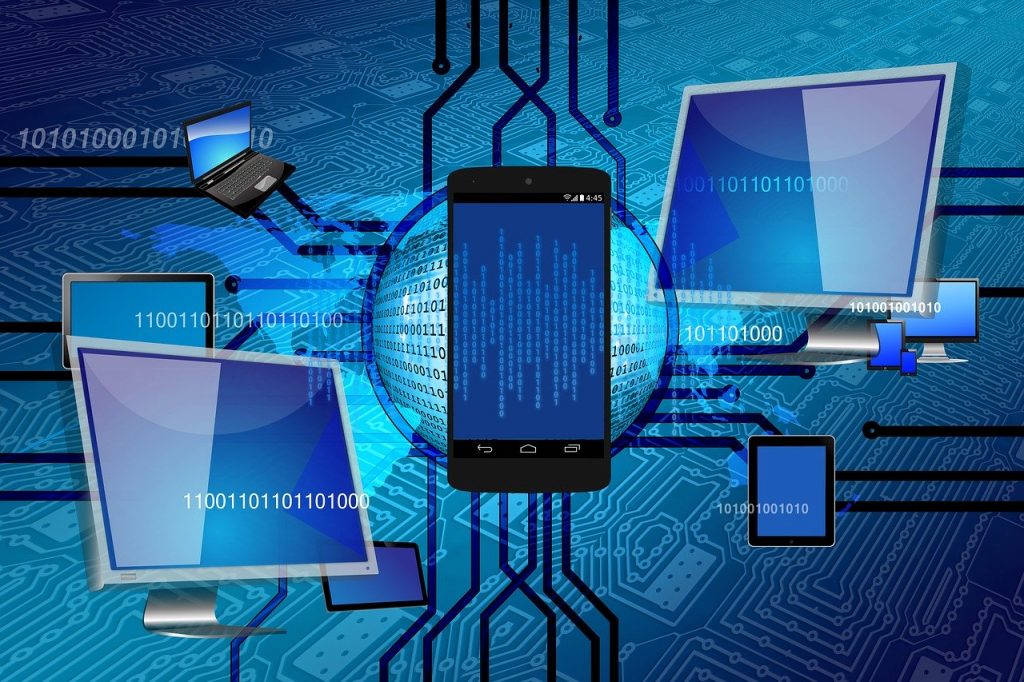In recent years we have included technological terms such as Artificial Intelligence, Machine Learning and Deep Learning in our language. They are very important for the digital transformation of companies, but do you know their differences? In this post we delve into the three concepts and address the value of the data.
Artificial intelligence
Artificial Intelligence (AI) was born in 1960 as a subfield of computing. They established that the necessary parameters have a machine to be intelligent. At that time thinking about these advances seemed science fiction.
Advances in Artificial Intelligence have been continuous due to their great contributions to society. For example, behavior prediction, automated responses, disease detection, education, etc.
New applications include systems that think, behave, learn, etc. as humans. To do this, it has been carried out an analysis, a process and an interpretation of a large volume of data. In this sense, Big Data is an essential element in the development of technologies with Artificial Intelligence.
The main idea is to get machines to solve a complex problem like a person would. For example, capturing information from the environment, interpreting language, representing knowledge, predicting results, etc.
Machine learning
Machine Learning is a branch of Artificial Intelligence that was born in the 80s. It is also known as automatic learning. In this case, the AI does not follow rules and programming, it is the machine itself that learns by itself.
Machine Learning systems analyze a multitude of data and identify patterns of behavior. With the information obtained, they are able to make predictions about future behaviors.
For companies it bring many benefits because it can do facial recognition, understand a speech, differentiate an object in an image, perform translations, etc. These technological advances represent a great competitive advantage for business.
Machine learning consists of following an algorithm, that is, ordered steps to carry out a task. The Machine Learning proposal is to develop a model that solves a given task. The model is then practiced using a large volume of data.
Deep learning
Deep learning is one more step in the processes of Artificial Intelligence systems. The objective is to create computer systems that can behave and have reasoning like humans autonomously.
Therefore, this concept refers to a set of algorithms that generate responses. It is a new level within the Artificial Intelligence and Machine Learning systems.
This type of learning is continuously growing due to its application in the world of Big Data and the IoT. Great strides are being made in traditional algorithms to deep learning.
It is currently being applied in different sectors. Some of the applications are:
- Use of images to search for products.
- Identification of brands in social networks.
- Targeting ads based on consumer preferences.
- Detection of potential clients.
- Analysis of medical images.
- Face and voice recognition.

The value of the data
Currently it is essential that companies have their data and mobile processing systems. Once this point has been reached, you need to understand them and get the most out of them.
In our daily lives, humans access data and interpret it to make smart decisions. However, when we have to do it on a large scale with a multitude of data, it is impossible for us.
For this reason, we resort to the machines that are the variations of data interpretation, understand them and draw good conclusions. New management software is capable of integrating a large number of processes that humans cannot do by themselves.
Nowadays it is important to perceive what happens in the environment through the acquisition of data. And it also performs an analysis of the information to make the best decisions. For this reason, most companies are investing on these technologies.
There are softwares that put Artificial Intelligence in the hands of users since themselves can configure business thinking. For example, to detect the most profitable customers to conduct a business. They have a Big Data system that allows analyzing if the configured artificial thinking is the most optimal or needs changes.
Furthermore, these new softwares do not require advanced computer skills or the help of an IT technician.
